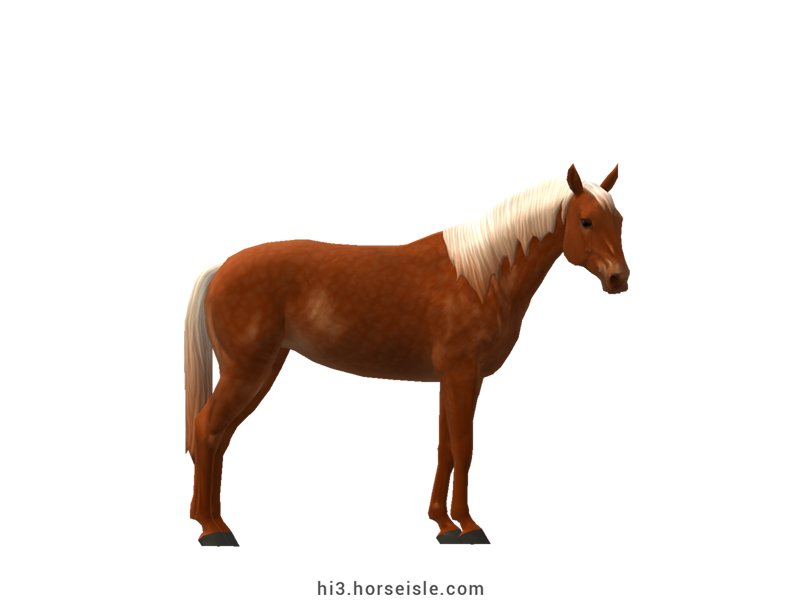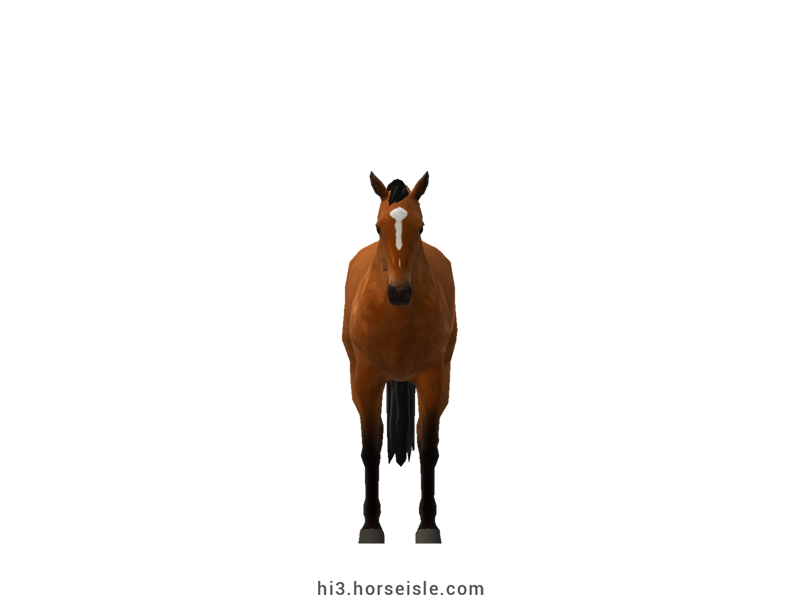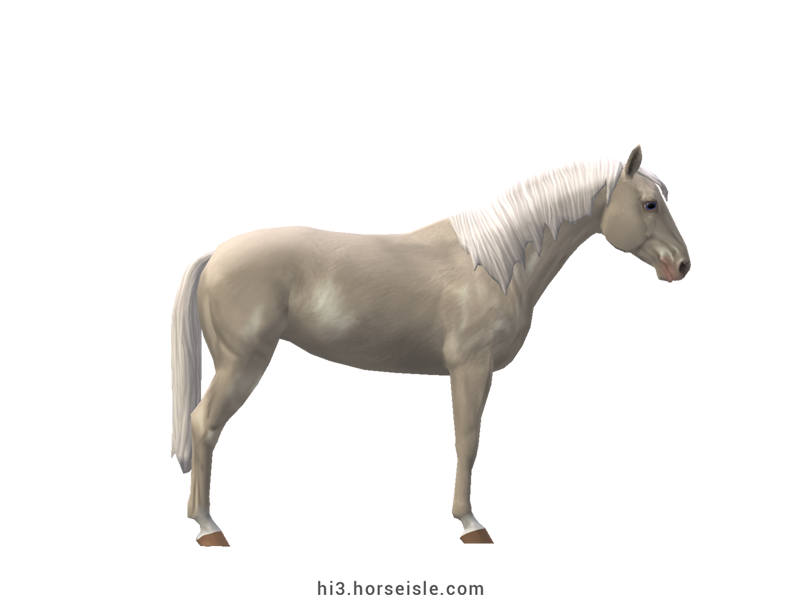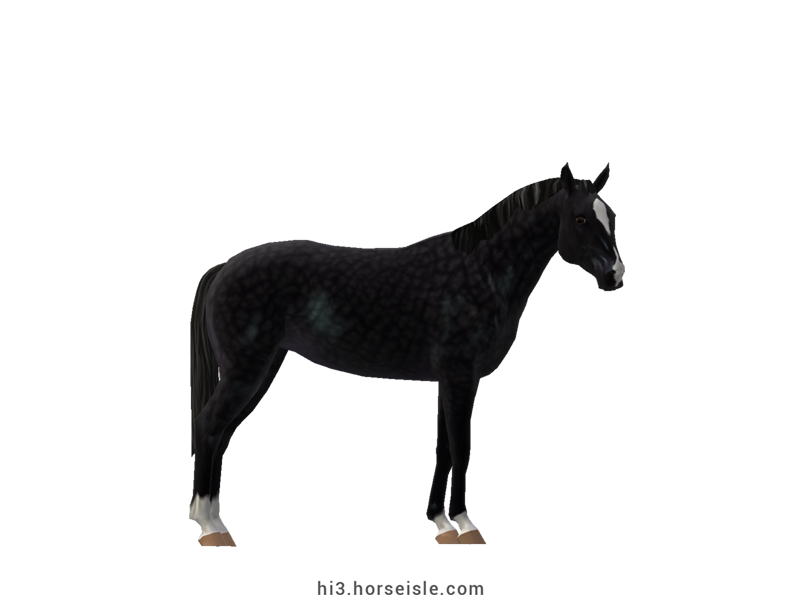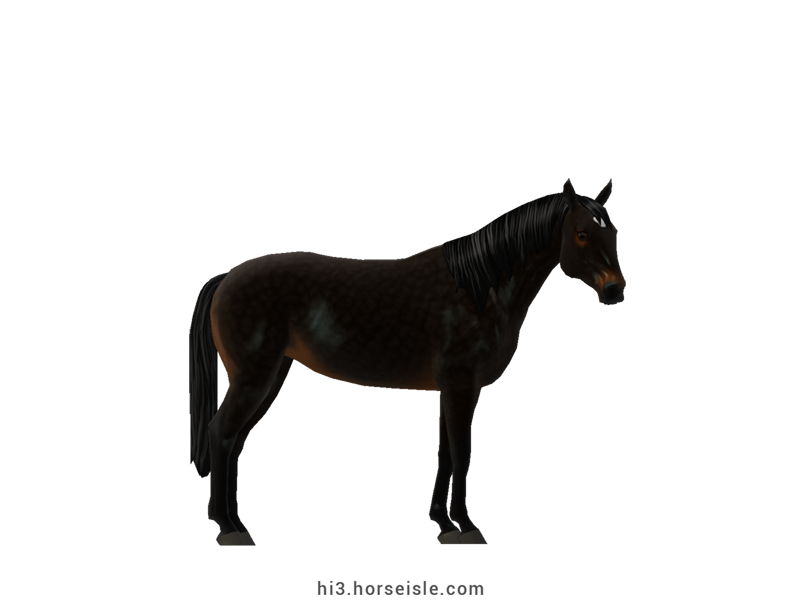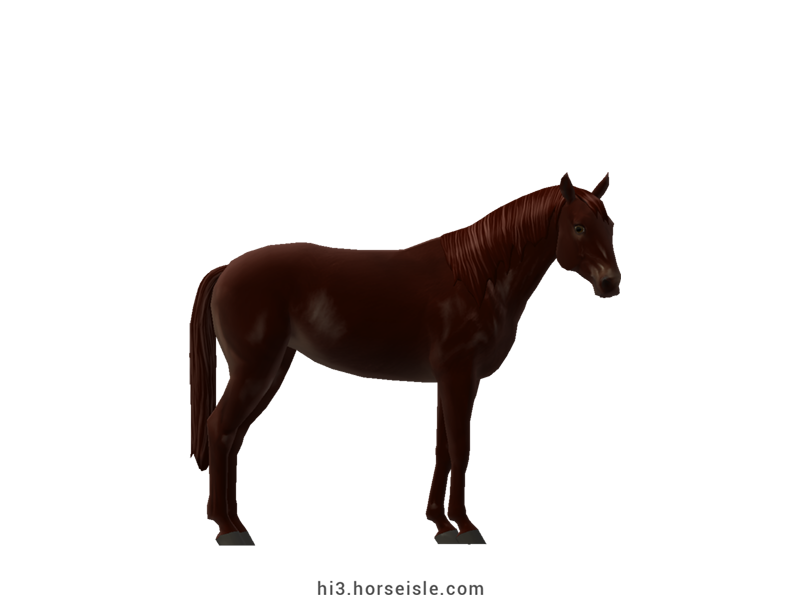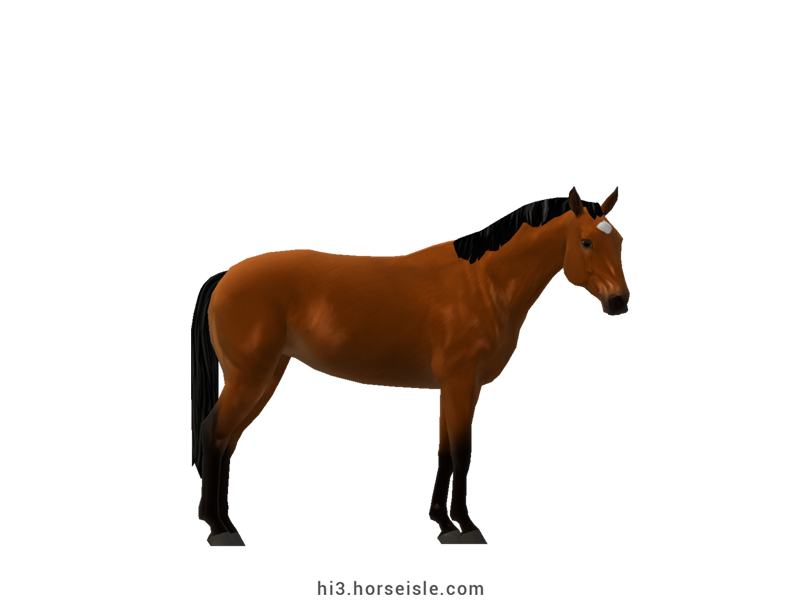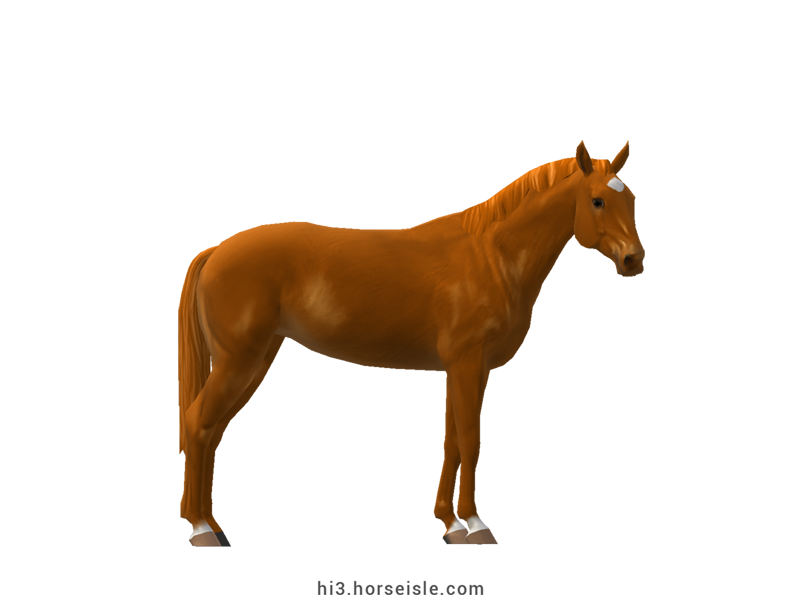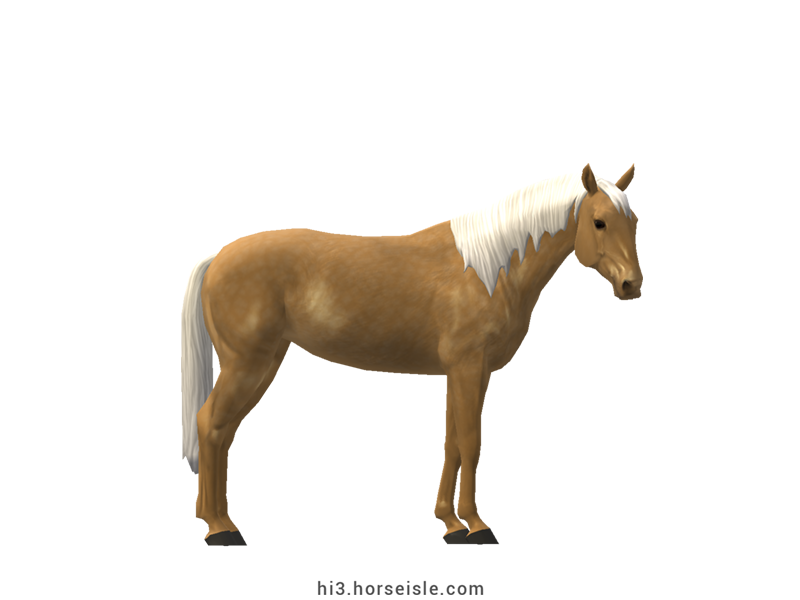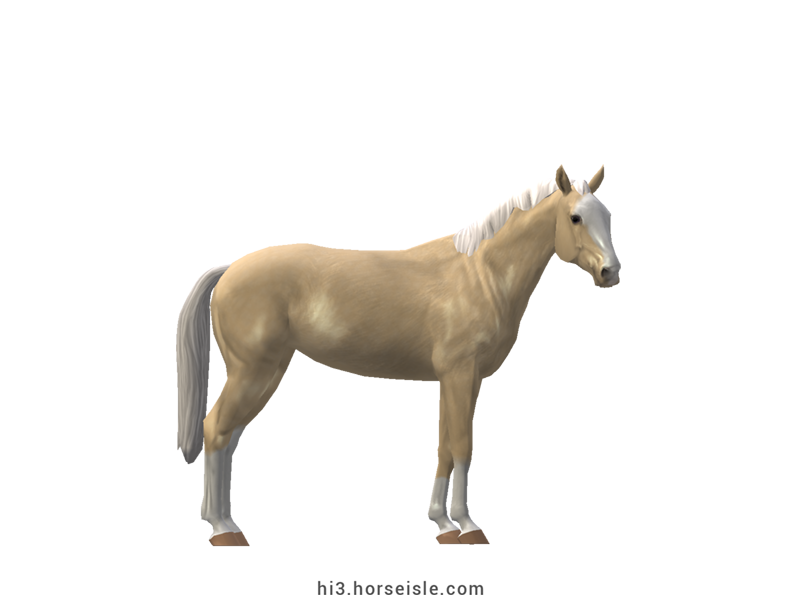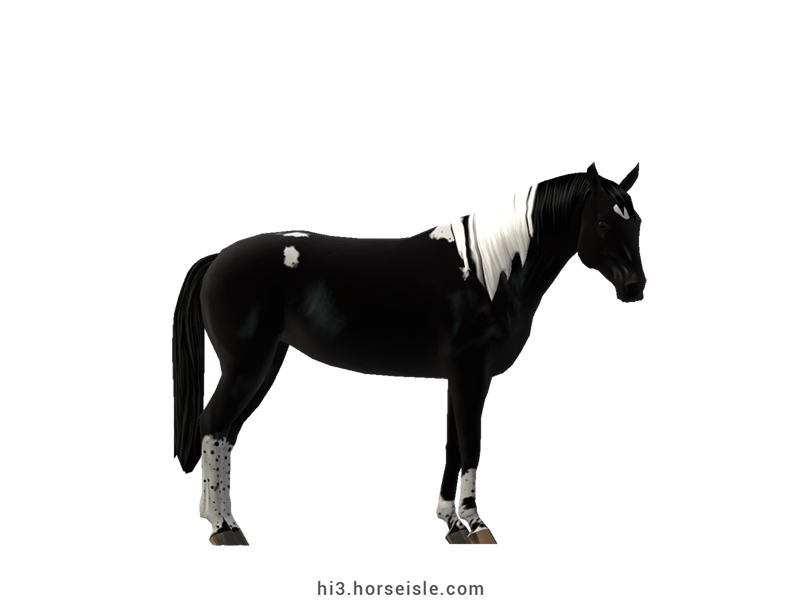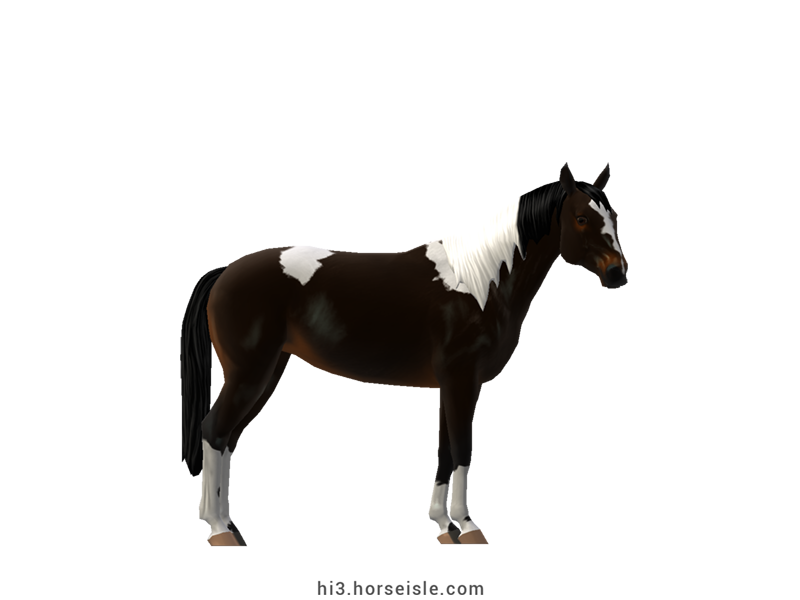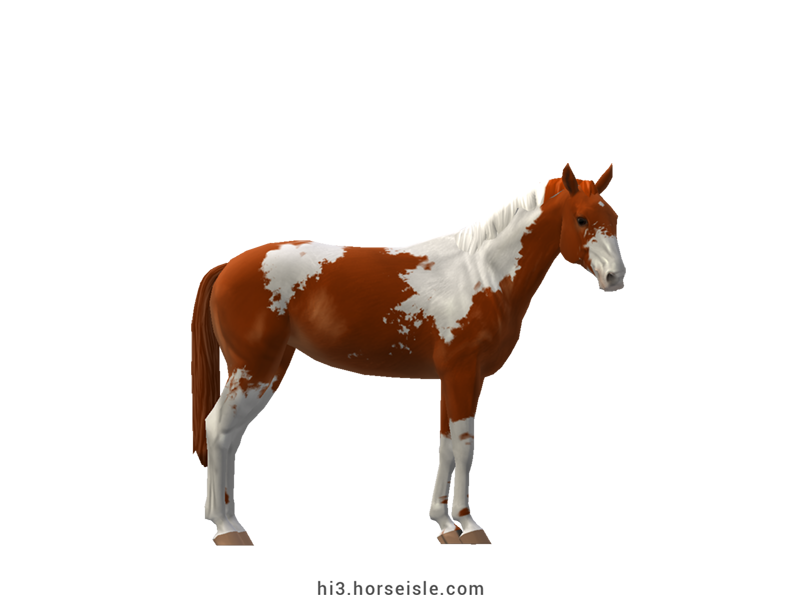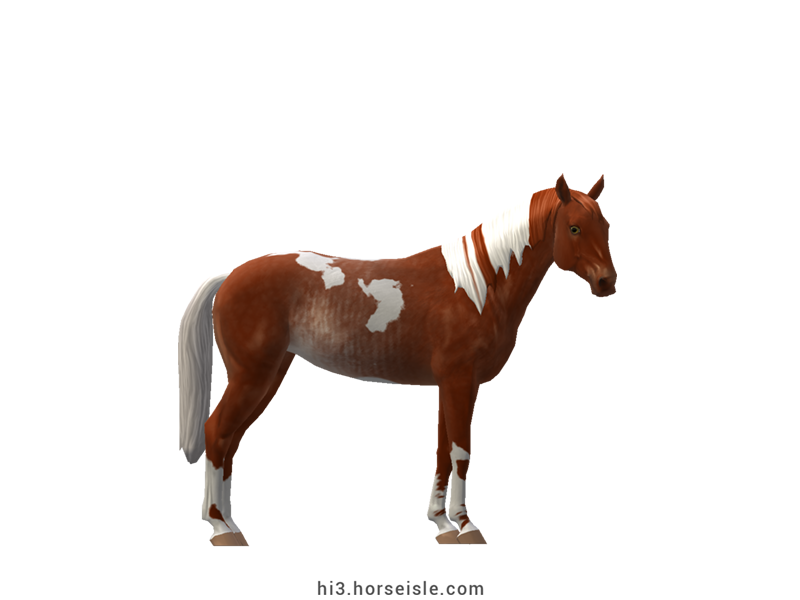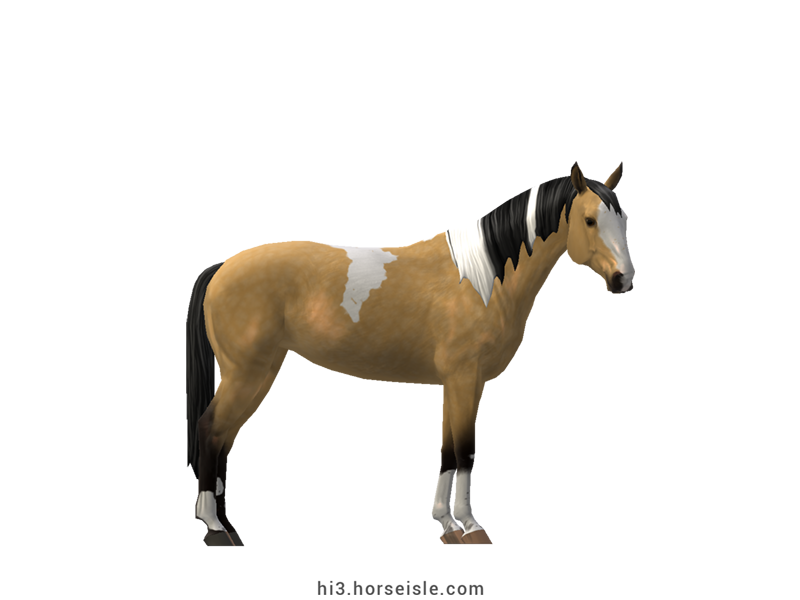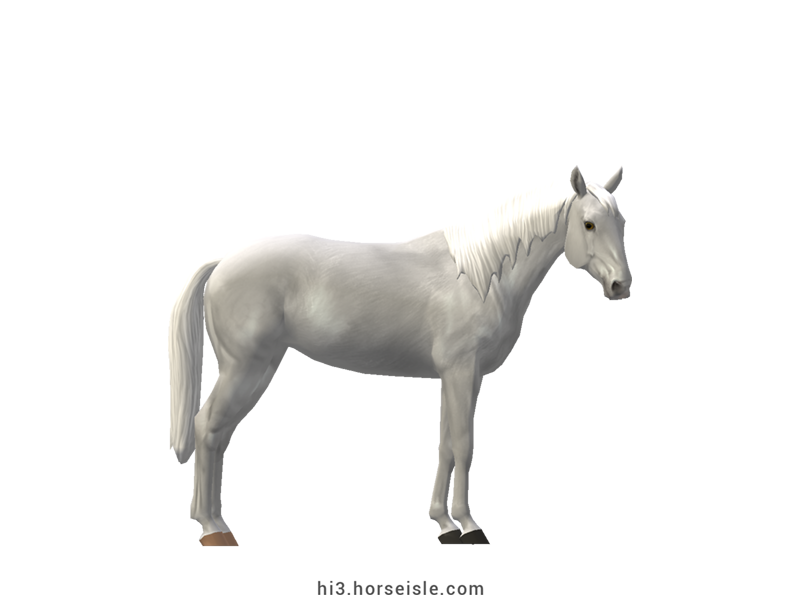Our Massive Real World Equine Reference!
[ INDEX ] Equine Type: Horse Breed: Swedish Warmblood (SWB) [ PREV ] [ NEXT ]
Origins and association - from random breeding to a strict standard:
The ancestors of the Swedish Warmblood are Swedish horses who were crossed with various breeds, primarily Thoroughbreds, Anglo-Normans, Hanoverians, and Trakehners. They were bred to serve as saddle and cavalry horses, but Swedish Warmbloods who were bred at national studs, such as the stud at Flyinge, also served as mounts for members of the royal house and family.
Back at the time, no official guidelines were created to ensure the quality of the horses which varied from one breeder to another. This changed in 1874, when the Swedish government decided that official inspections will take place annually, in order to constantly test and improve the quality and performance of the Swedish Warmblood.
Originally, these inspections were supervised by the government, who also maintained the studbook of the breed. In 1928, the Swedish Warmblood Association was founded and became the official organization to oversee the inspection, certification, and breeding of Swedish Warmbloods.
Breeding goal and expectations:
Ever since 1928, the goal of the breeding program for Swedish Warmbloods was to create a Swedish sport horse that excels in show-jumping, eventing, and dressage.
In order to be approved for breeding, Swedish Warmbloods must show excellent performance in dressage and/or jumping. Furthermore, their natural movement is assessed as well, since Swedish Warmbloods are known for their flowing and elegant gaits.
The Swedish Warmblood today:
Today, the Swedish Warmblood is a popular breed, especially in Sweden and the USA, with many horses being exported to additional countries.
Breeding rules:
As part of the breeding process of Swedish Warmbloods, they are allowed to be crossed with Thoroughbreds and sport warmbloods, as long as the horses of these breeds conform to the minimal performance requirements of the Swedish Warmblood Association.
That said, only the certification tests of the Selle Francais (SF), Belgian Warmblood (BWP), Dutch Warmblood (KWPN), and Danish Warmblood (DW) associations are recognized and accepted by the Swedish Warmblood association, in addition to the 14- and 50- day sport tests for German sport warmbloods. Therefore, in Horse Isle, only sport warmbloods who are subjected to these tests are allowed to be crossed with Swedish Warbmloods.
Conformation:
Swedish Warmbloods have an athletic build, characterized by a straight or slightly convex profile, long ears, a long neck, prominent withers, a straight and long back, a horizontal or slightly sloping croup, and long legs.
Performance metrics:
The following are the: range, average, (SD), and MOE of performance metrics of ordered Swedish Warmbloods in Horse Isle (not bred ones). In rare cases,
Speed: 16.2-17.7, 16.9 (0.3), 0.07.
Sprint: 53-67, 60 (3), 0.61.
Accel: 0.95-1.15, 1.05 (0.04), 0.01.
Decel: 0.93-1.12, 1.02 (0.03), 0.01.
Jump: 5.49-5.71, 5.60 (0.05), 0.01.
Pull: 1.92-2.71, 2.30 (0.16), 0.03.
Turning: 57.61-69.77, 64.23 (2.85), 0.56.
Reverse: 2.8-3.5, 3.1 (0.1), 0.03.
Stamina: 44.41-51.83, 48.54 (1.26), 0.25.
Reaction: 0.70-0.81, 0.76 (0.03), 0.00.
Coats & Height:
Colors: bay, brown, black, chestnut, grey, cream-dilutes, and in rare cases silver-dapple.
Additionals: flaxen, sooty, rabicano, white-spotted, tobiano, all rare patterns.
Their coat often have white markings, including sabino markings on their legs and faces.
Breeding notes: roan doesn't naturally occur in this breed, but can be bred into it.
Height: 15.1hh to 17.1hh.
[ INDEX ] [ PREV ] [ NEXT ]


